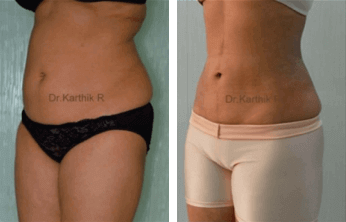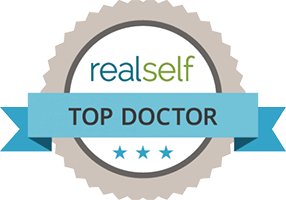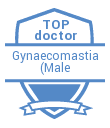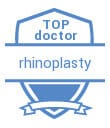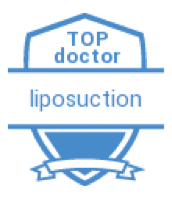Looking Young Again 24/7
Your quest for youth is over; today it is possible to look younger and feel rejuvenated with the different anti aging treatments available. Putting more thought into your appearance is one of the easiest ways to improve your social prospects and the way people see you. It falls under the broader category of non-verbal communication.
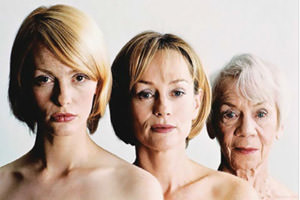
Causes of Aging Skin
Before you contemplate any treatment it is important to understand the different signs of aging. There are two distinct types of aging:
- Aging caused by the genes we inherit is called intrinsic (internal) aging.
- Extrinsic (external) aging is caused by environmental factors, such as exposure to the sun’s rays.
Intrinsic Aging
Intrinsic aging, also known as the natural aging process, is a continuous process that normally begins in our mid-20s. Within the skin, collagen production slows, and elastin, the substance that enables skin to snap back into place, has a little less spring. Dead skin cells do not shed as quickly and turnover of new skin cells may decrease slightly. While these changes usually begin in our 20s, the signs of intrinsic aging are typically not visible for decades. They include:
- Fine wrinkles
- Thin and transparent skin
- Loss of underlying fat, leading to hollowed cheeks and eye sockets as well as noticeable loss of firmness on the hands and neck
- Dry skin
- Grey hair
- Hair loss
- Unwanted hair
Genes control how quickly the normal aging process unfolds. Some notice those first grey hairs in there 20s; others do not see greying until their 40s.
Extrinsic Aging
A number of extrinsic, or external, factors often act together with the normal aging process to prematurely age our skin. Most premature aging is caused by sun exposure. Others include repetitive facial expressions, gravity, sleeping positions and smoking.
The Sun damage or photo damage: Without protection from the sun’s rays, just a few minutes of exposure each day over the years can cause noticeable changes to the skin: freckles, age spots, spider veins on the face, rough and leathery skin, fine wrinkles that disappear when stretched, loose skin, a blotchy complexion, actinic keratoses (thick wart-like, rough, reddish patches of skin).
Cues for Healthier Looking Skin
While you cannot stop or even slow down the intrinsic aging process, you can prevent signs of premature aging by protecting your skin from the sun, quitting smoking and eliminating facial exercises.
Sun protection includes:
- Avoiding deliberate tanning, including use of indoor tanning devices.
- Staying out of the sun between 10:00 a.m. and 4:00 p.m., when the sun’s rays are the strongest.
- Wearing protective clothing, such as a wide-brimmed hat and long sleeves, when outdoors during the day.
- Applying sunscreen year round. Sunscreen should be broad spectrum (offers UVA and UVB protection) and have a Sun Protection Factor (SPF) of 30 or higher. Sunscreen should be applied 20 minutes before going outdoors to all skin that will be exposed. It should be reapplied after sweating or being in water.
Options to Explore
A number of treatments are available for both the types of aging. Injectable procedures are suitable for people with busy lifestyles who do not want the inconvenience of a long recovery, giving the skin a smooth and contoured look. Most people look to get rid of wrinkles.
A wrinkle is a ridge or crease on the surface of the skin. Anti-wrinkle treatments or anti aging treatments are non-surgical cures.
While you cannot stop or even slow down the intrinsic aging process, you can prevent signs of premature aging by protecting your skin from the sun, quitting smoking and eliminating facial exercises
Botox
Among the treatments available perhaps the most popular one is Botox. Botox Cosmetic is an injectable drug, but it is not a wrinkle filler. Instead of filling the wrinkle, it keeps muscles from tightening so the wrinkles don’t show as much. It is an FDA approved procedure wherein purified protein is injected which blocks nerve impulses for the time being and weakens the nerve muscles that cause the wrinkle. This treatment is most commonly used for getting rid of frowns, forehead lines and crow’s feet.

The Treatment: The treatment process for cosmetic Botox is safe and simple. Before the procedure your doctor will discuss the areas you want to target and tiny injections will be inserted into those areas. This usually involves targeting the areas around the eyes, nose and mouth, as this is where wrinkles and fine lines tend to develop. The procedure is quick and the injections should not be painful. When Botox is used to treat hyperhidrosis (excessive sweating), injections are inserted into the skin of the armpits. If Botox is used to treat chronic migraines, the injections are inserted into the forehead, temples and the muscles at the back of the neck.
The procedure is usually very quick and in most cases treatment time is less than 20 minutes. This will depend on the number of injections. It is not necessary to have anaesthetic before Botox treatment and pain should be minimal.
After treatment: One of the major advantages of Botox is that there is little or no recovery time, and most people feel fine and can return to their normal life immediately.
Results: Results of the treatment vary according to the individual, but frown lines and wrinkles appear reduced within just a few days. The results of the treatment should last around 3-6 months and the procedure can be repeated after this time. As the treatment results begin to wear off the lines will start to reappear, so repeat treatment is required to restore a youthful complexion.
Safe to Repeat: It is safe to have repeat Botox injections and most people have treatment every 4-6 months to keep the results ‘topped-up’. The more treatments you have the longer the results will last, as the muscles responsible for forming creases and frown lines will gradually weaken. However, excessive treatment can cause the body to produce antibodies against Botox, which will reduce its effectiveness.
Side Effects: Botox is generally considered to be a very safe procedure, but it is possible for side effects to occur, the main one being headaches. Discuss the pros and cons with a qualified expert in details before you go in for the procedure.
Fillers
Non invasive dermal fillers: As we age, our faces begin to deflate with less collagen and elastin, the magic stuff that gives our skin its supple, youthful look. This leads to the formation of fine lines, wrinkles and an overall loss of volume in the mid-face, which can in turn create all sorts of problems, from deep nasolabial folds between the nose and mouth, to hollowed-looking eyes, or sagging jowls.
Dermal fillers are an ideal way to address the creases, volume loss and hollowing in the skin that occur naturally with age. Dermal fillers can also be used to enhance the volume and shape of the lips, and restore a more youthful appearance to the neck, chest and hands.

Fillers are made of various types of materials, and some include a combination of products. Some products also contain lidocaine, which numbs the skin at the injection site.
The materials used to inject wrinkle filler include
Temporary (absorbable) fillers
- Collagen injections are made of highly purified cow or human collagen. Collagen is a natural protein that is a major component of skin and other tissues in the body.
- Hyaluronic acid gel is a protective lubricating gel produced naturally by the body that binds with water to plump the skin.
Dermal fillers for lines, creases and folds on the face and around the eyes can be used to:
- Add the lost “apple” volume back to your cheeks, diminishing the creases around the mouth and lifting sagging jowls.
- Minimize the appearance of nasolabial folds, i.e., smile lines, running from the bottom of the nose to the corners of the mouth
- Fill in horizontal lines on forehead and the vertical “11’s” between the eyes
- Smooth out the tear troughs running from the inner corners of the eyes down to the mid-cheek
- Add lost volume back to the under eye area, reducing the “hollowed out” look
- Address the “crow’s feet” around the eye
Thread Lift
A thread lift is another less invasive option. A thread lift can provide results as a face lift, but is quicker, cheaper and, generally all these procedures are referred as “lunchtime facelift”.
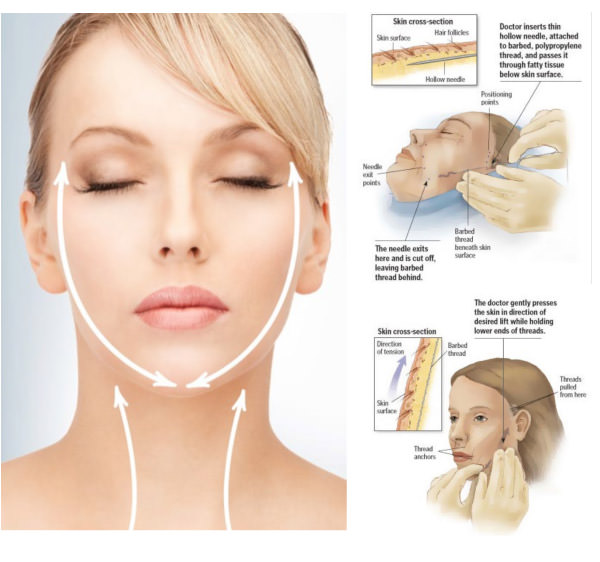
Procedure: A thread lift uses surgical sutures to lift sagging areas of the face and neck. The sutures are threaded under facial tissue with a thin needle. There are barbs located on the thread, which grab and elevate the sagging skin. The thread lift is performed on several different areas of the face. The middle face, brow and lower face all provide desired results with the procedure. Individuals who have a small amount of sagging skin are the best candidates for a thread lift. Thread lifts are often times used in combination with other procedures. This procedure does not require anaesthesia, doesn’t have incisions, stitches or scarring.
The thread lift procedure typically takes only 1 to 2 hours.
After Treatment: You may experience some bruising and swelling for about a week following your procedure. Depending on your comfort level, you should be able to return to work the day after your procedure and you can wear makeup as well. You will need to avoid any facial and be careful of mouth movements and rubbing or applying pressure to your face for the first 3 weeks following your procedure. Avoid aspirin, ibuprofen, Vitamin E, fish oil and other blood thinners for at least a week before all these treatments.
Results: The results of a thread lift can be seen right away. You will see a noticeable “lifting” and shaping of the brow, cheek, jowl and neck.


